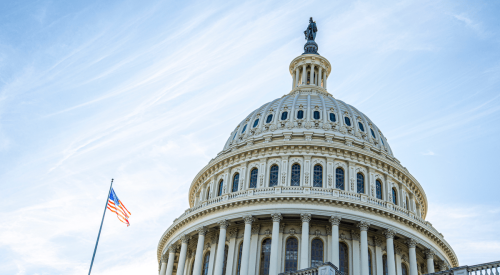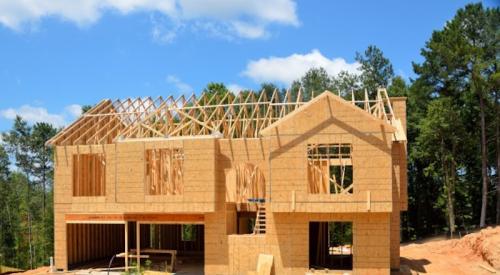 |
The pressure of raising impact fees remains the same today as 2001 when a superior court judge ruled California's Orange County violated state law by over-billing home buyers and builders for plan check and inspection fees. The judge ruled that Orange County had no legal right to keep the $18.5 million surplus it created from these over-charges. The judge then ordered the county to refund the money through future fee reductions.
Thereafter, various other rulings were successfully made throughout the country, each challenging the authority of local government agencies to charge more for fees than it costs to provide the service.
No-Go Referendum
Last month voters in the Myrtle Beach area of Horry County, S.C., shot down an advisory referendum ballot question asking whether voters favored the imposition of development impact fees by the county. Currently, South Carolina's law allows counties to impose impact fees without voter approval, but Horry County council members had hoped the vote on Election Day would help the council impose new impact fees without generating any local controversy. The council also hoped it would help local officials lobby state lawmakers for legislation that would allow counties to be less accountable when the fees were actually imposed.
A coalition was formed before Election Day by Citizens of Horry County's Future, the Horry-Georgetown HBA, the HBA of South Carolina, South Carolina Association of Realtors, and other local and state organizations to make voters aware of the consequences associated with impact fees.
"Voters needed to know impact fees could deal a blow to the local housing market, hurt the economy and translate into higher property values and taxes for all residents," says Lawrence Langdale, president of the Horry-Georgetown HBA.
Alternatives to Impact Fees
The NAHB plays a major role in helping builders sort out their impact fee issues. Keyvan Izadi, land use planner at NAHB, explains the two main components to impact fees that builders should be aware of: a technical memorandum needs to be created explaining the quantifiable rationalization for what the fees are charging and the ordinance itself that brings the impact fees into the local law.
The first step for the NAHB staff is find out if there's a proposed draft of the impact fees, which consists of the technical memorandum and the ordinance. Within the proposed draft from the local government it should clearly state the increased cost versus the increased benefit.
"New homes generate new taxes and jobs for the municipality, so every fare assessment of an impact fee has to include both the cost and benefit," says Izadi. "I will make sure if there is a technical memorandum that's presented, that it does an adequate job of assessing both [cost and benefit]."
Unfortunately, local governments continue to overstep their boundaries with impact fees. Staff council, Jon Luther says, "The local government has become more creative in the sense that you might see different types of parks and recreational fees and cultural or art impact fees." These fees are newer developments that builders go to NAHB with.
Luther says, members call and emphasize their battle with these impact fees. "Some of our members may not be familiar with the issue because they haven't been exposed to them in their particular jurisdiction or even their state."
Both Luther and Izadi attack the impact fee issues from a land planning and legal perspective for the builders. "What I'm always looking for immediately is if the local jurisdiction is imposing an impact fee, do they even have the enabling authority to do that," says Luther.
In order to have authority, it must be derived from the state legislator. A state statute must either express authorization for the local government to impose impact fees, or there must be a group of planning and zoning statutes that if one could imply by reading those statutes that the local government would have the authority to impose impact fees.
"Often times the local government does not have either the expressed authority or implied authority, so what they'll likely try to do is read that authority into the statutes," says Luther. "Sometimes the case could go off in court based on that. We do have instances and examples of states where the litigation is in play and there's no enabling authority."
After getting through that battle, the NAHB staff will insist on other alternatives for the builders to approach instead of impact fees. The NAHB offers a free PDF of their "Building for Tomorrow: Innovative Infrastructure Solutions" publication, which offers alternative solutions. For more information, visit www.nahb.org and search "Building for Tomorrow."












